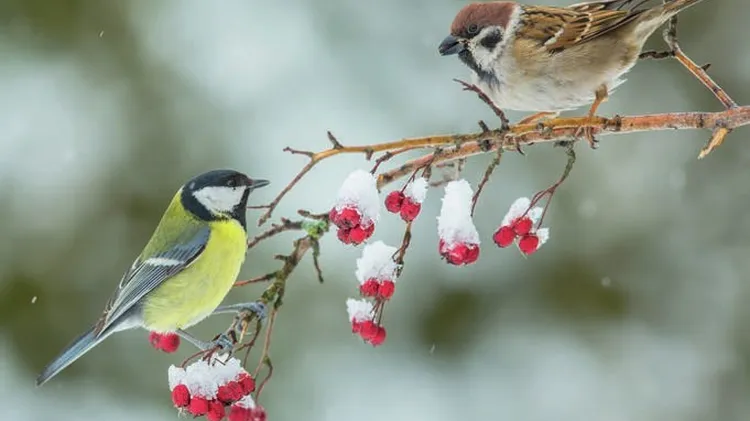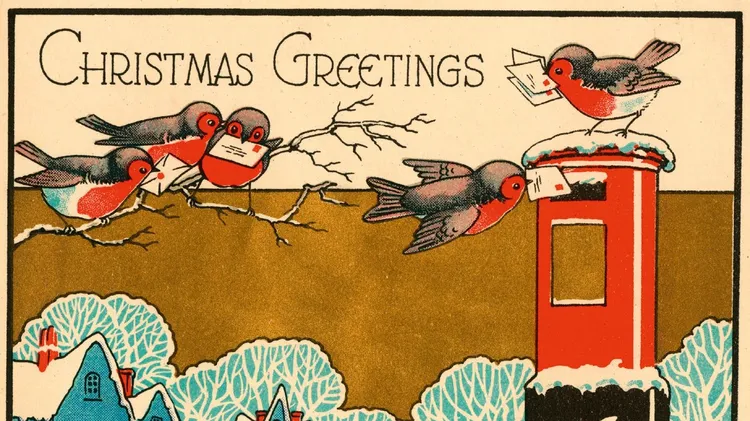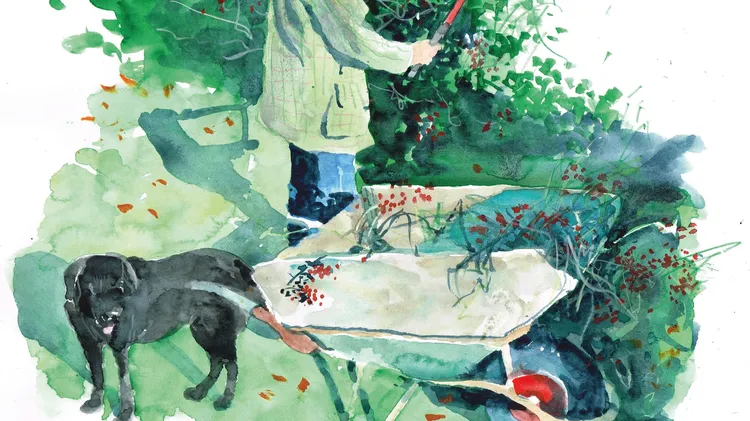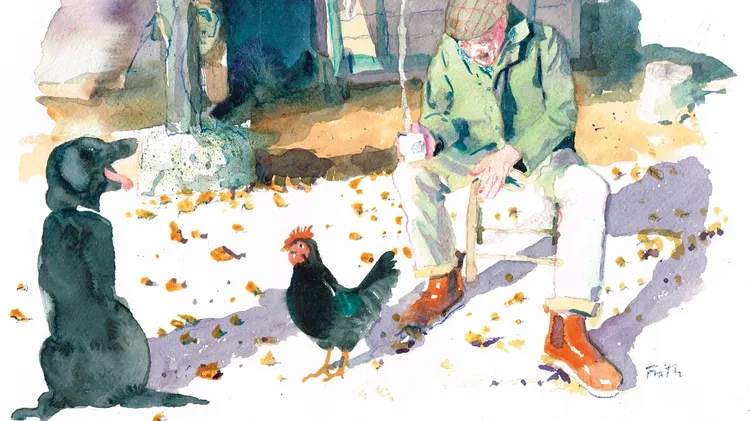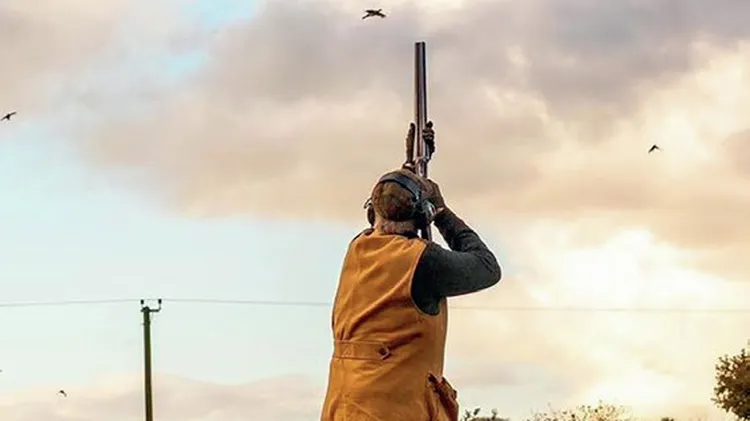Many farmers dislike them, but crows are one of the great spectacles of winter
Nicola chester
2 min read
This article is from...
Read this article and 8000+ more magazines and newspapers on Readly

